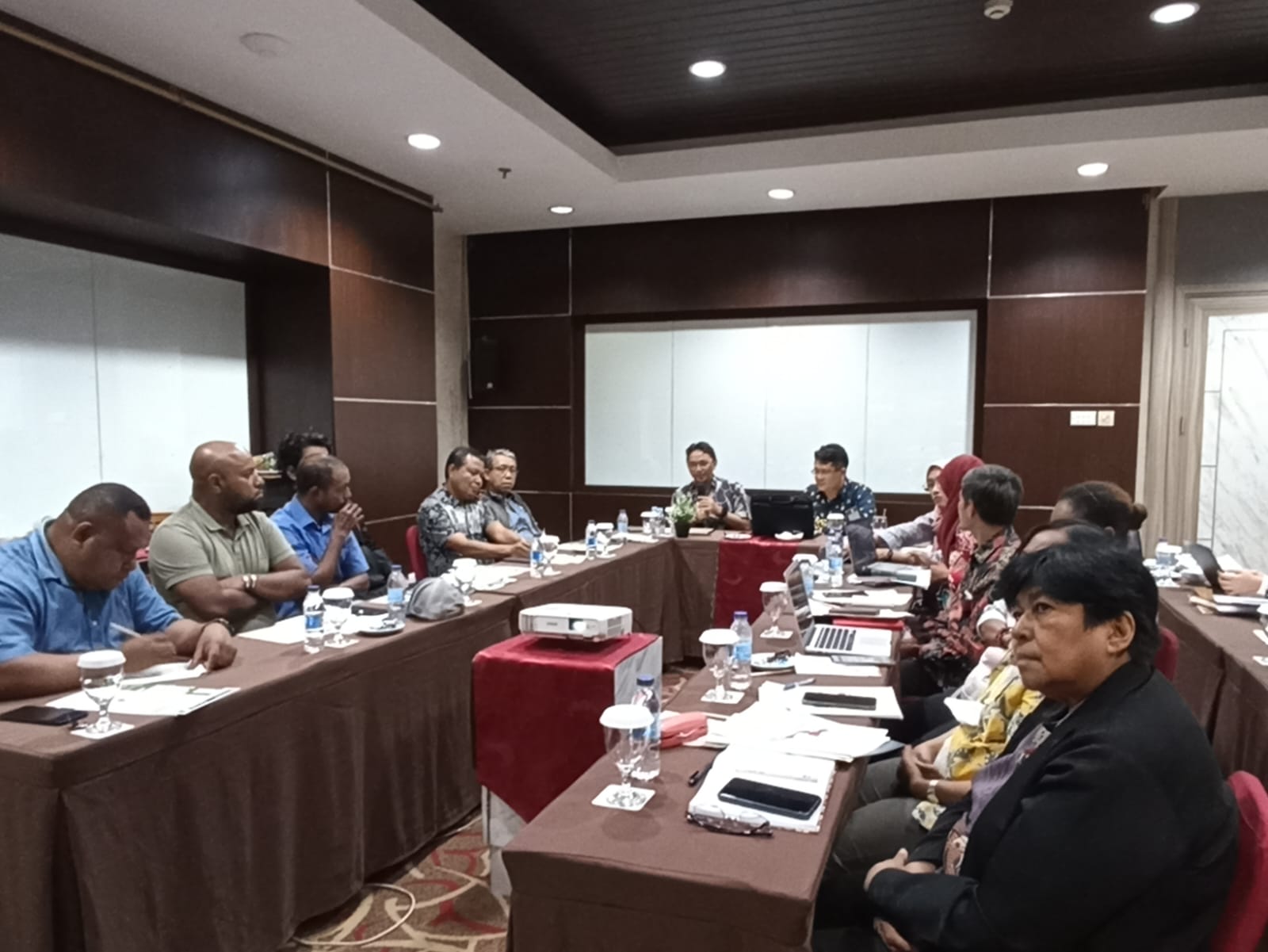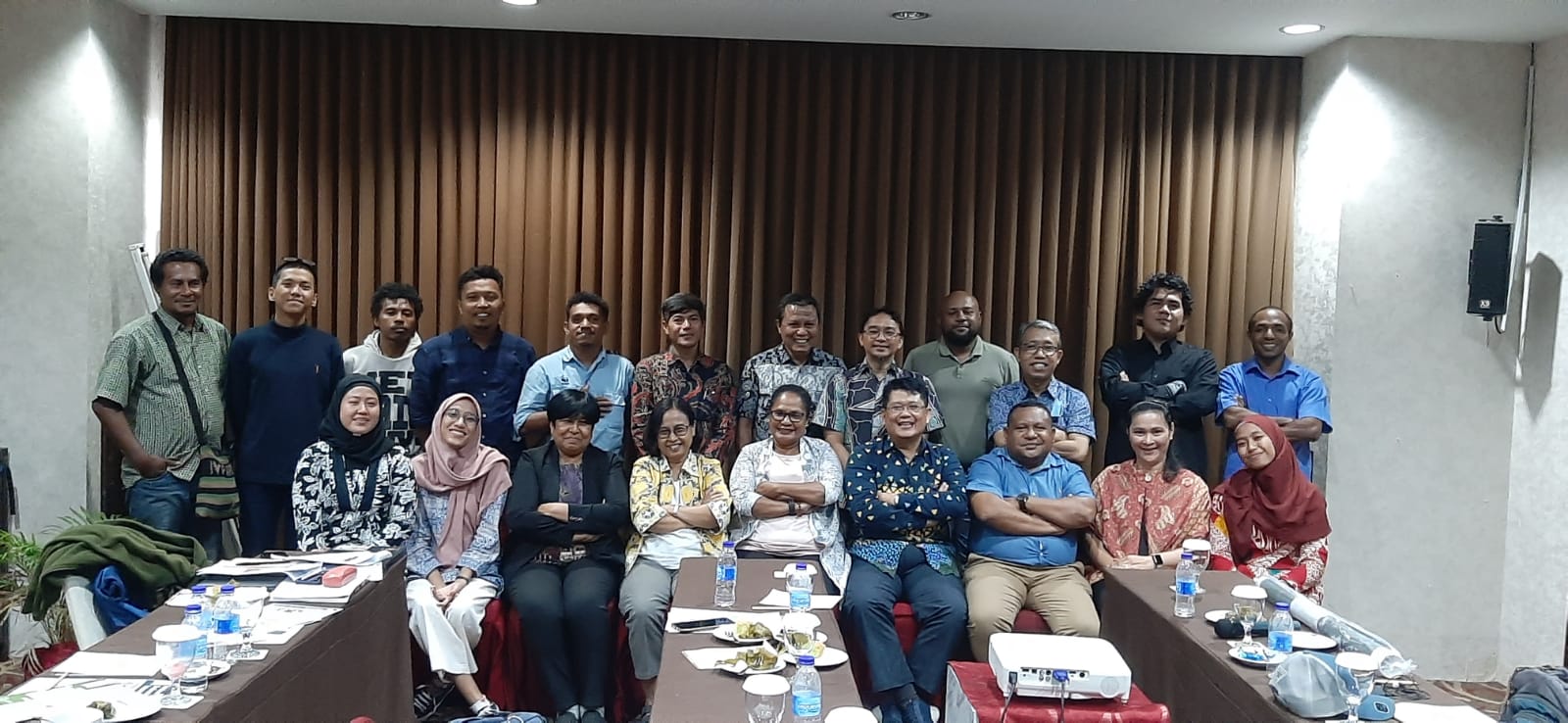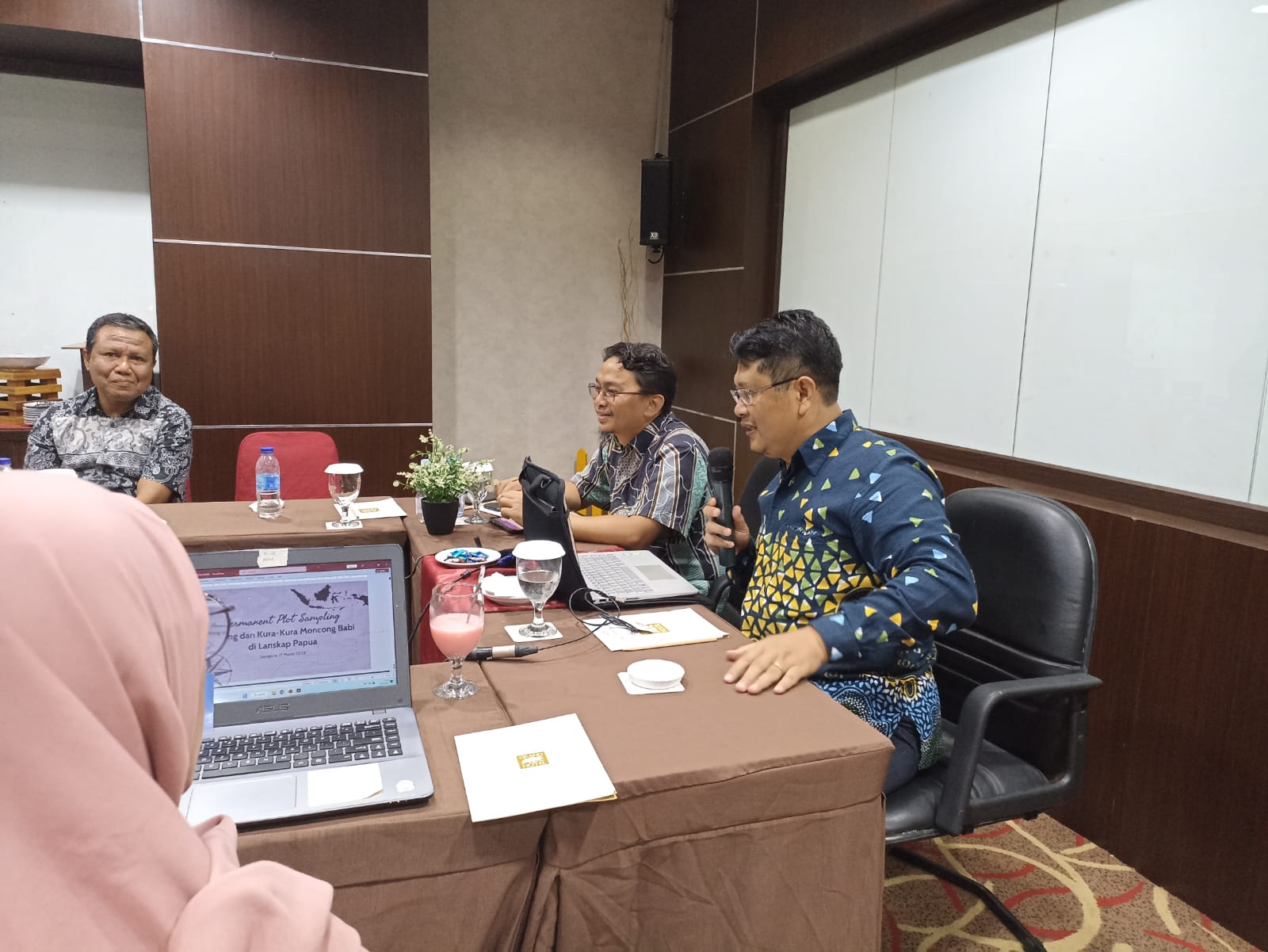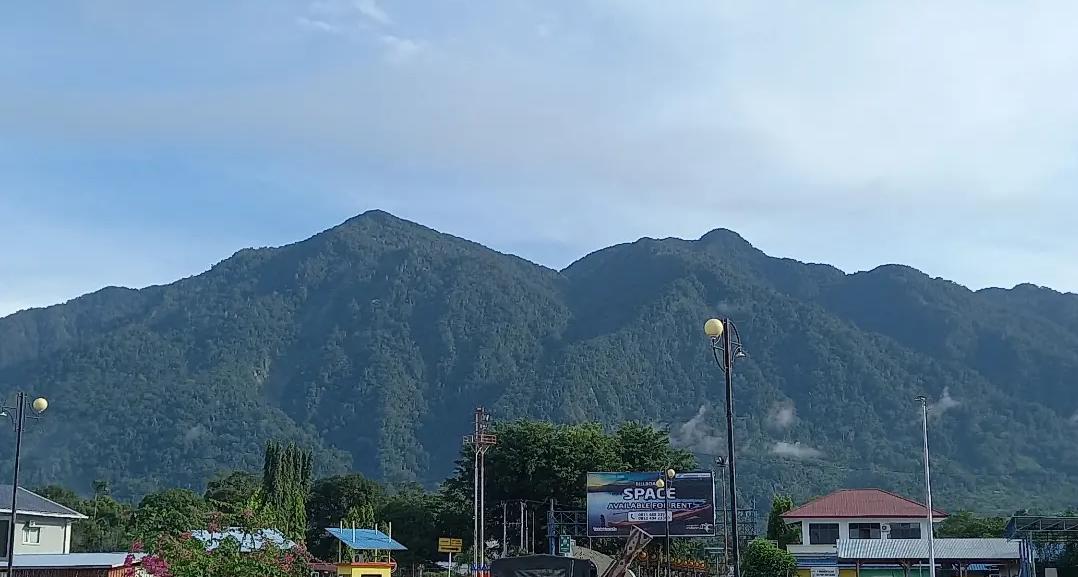As the second mega-biodiversity country, Indonesia is rich in a variety of natural resources. However, in its utilization, it is often not managed in a sustainable manner so that it threatens the preservation of biodiversity in the future. Conservation efforts are needed to maintain and restore biodiversity in Indonesia. Therefore, the Indonesian Biology Consortium or KOBI chaired by the Dean of the Faculty of Biology, Gadjah Mada University, Prof. Dr. Budi Setiadi Daryono, M.Agr.Sc collaborated and synergized with the Indonesian Conservation Communication Forum (FKKI), especially WWF Indonesia to initiate the preparation of the Indonesian Biodiversity Index (IBI). Furthermore, WWF Indonesia as a member of the KOBI IBI Committee took the initiative to develop permanent plot sampling activities in two representative working areas, namely the Sebangau Katingan (SEKA) landscape and Papua. Permanent determination of sampling plots for the Papuan landscape is intended for data collection and monitoring of Pig-nosed Turtles and birds.
The coordination and discussion meeting for the Papua landscape Biodiversity Index was held on Friday, 17 March 2023 offline from 13.00 – 16.00 WIT at the Grand ABE Jayapurta Hotel. The coordination meeting was chaired directly by the Chairperson of the KOBI and attended by participants from the Biology Study Program S1 and S2 FMIPA Cendrawasih University, Biology Study Program at Papua University, the WWF Papua Team and the WWF Conservation Program Team. Presentations on recommendations for permanent plot sampling locations and monitoring methods were delivered by the Drafting Team, namely Risma Anggraeni, S. Si and Wahyu Febriani, S.Si.
The recommendations for location recommendations submitted by Risma Anggraeni were analyzed based on a tiered quantitative approach from several parameters resulting in 7 recommendations for bird survey locations in 7 districts or sub-districts of 4 regencies in Papua, namely Tambrauw, Sarmi, Jayapura and Merauke regencies, and 3 recommendations for turtle survey locations. – Pig-nosed turtles in 3 rivers namely the Fei, Mamats and Catarina Rivers in Asmat Regency.
Regarding the recommendations for monitoring methods, Wahyu Febriani recommends the line transect and counting point methods for observing birds and the transect and nest survey methods for observing pig-nosed turtles. For bird watching, another method is bioacoustic, but so far this method can only be used for an inventory of species diversity.
Presentation of updates on IBI activities and exposure to the results of the permanent analysis of the sampling plot, then the participants responded to and provided input. At the end of the event a conclusion was made and a follow-up plan was made to involve lecturers, researchers and students from Cendrawasih University and Papua University who would collaborate and work together with researchers from the IBI-KOBI Committee and WWF Indonesia.




